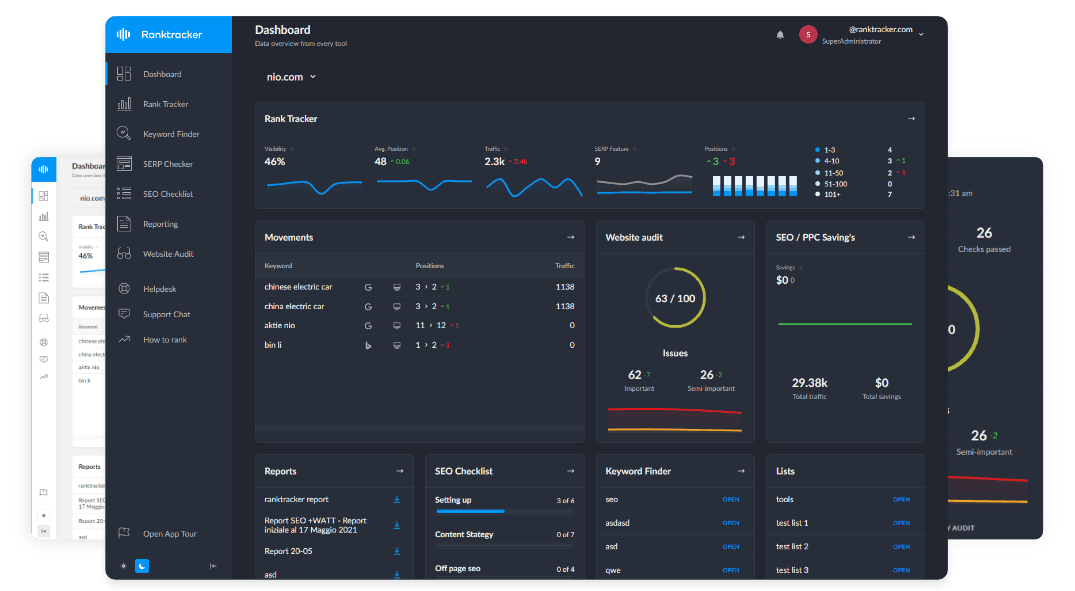Intro
In today's fast-paced technological landscape, the success of a blockchain project is determined by innovation, strong community engagement, and strategic implementation. A successful blockchain initiative needs to offer more than just the promise of decentralized technology; it must solve real-world problems effectively. This means identifying a tangible use case, building a loyal user base, and ensuring ease of access and utility. Blockchain solutions that simplify complex processes—such as digital identity verification, cross-border payments, or transparent supply chain management—are more likely to achieve widespread adoption. Creating an SPL token on the Solana network represents one such step toward innovation, offering developers and entrepreneurs the tools to deploy assets that are fast, efficient, and affordable to operate.
Solid Technology Architecture

A strong blockchain project begins with a solid technology stack. This includes a secure and scalable protocol that can handle an increasing number of transactions without compromising speed or security. At the core of this lies the ability to process data in real time, reduce latency, and ensure fault tolerance. For instance, Solana distinguishes itself with its unique Proof of History mechanism, allowing for high throughput and low fees—ideal for creating tokens and executing smart contracts at scale. Successful projects, like Ethereum, show how continuous upgrades (e.g., The Merge or sharding implementation) help maintain efficiency and user satisfaction, adapting to the growing needs of the community. Similarly, a well-structured SPL token leverages Solana’s performance to ensure the end-user experience remains smooth, whether for payments, staking, governance, or NFT integration. Future-ready blockchain architecture isn’t just about performance; it’s about adaptability, modularity, and being prepared for tomorrow’s demands.
Defining a Clear Use Case
The longevity of a blockchain project is often driven by its utility in the real world. Without a clearly defined purpose, even the most technically advanced solution risks becoming irrelevant. Successful ventures clearly articulate their use cases, aligning their technology with real market needs and user expectations. Whether it's enhancing transparency in financial transactions, improving traceability in supply chains, or enabling secure and decentralized access to medical records in healthcare, these applications provide measurable value.
A well-defined use case serves as the foundation for all strategic decisions—from product development and marketing to partnerships and regulatory compliance. For instance, a blockchain solution designed for cross-border payments must prioritize low transaction fees, currency interoperability, and regulatory alignment. On the other hand, a token built for loyalty programs should focus on seamless user experience, integration with existing platforms, and incentives that drive consumer behavior.
By identifying a specific problem and demonstrating how blockchain offers a superior solution compared to traditional methods, projects can gain traction faster and build trust with stakeholders. This clarity not only attracts early adopters and investors but also enables the project to scale sustainably. In the context of SPL tokens, defining a use case—be it for gaming assets, decentralized finance (DeFi), or governance—guides the token’s design and functionality, ensuring it has a real and lasting purpose in the ecosystem.
Engaging the Community
A thriving community is crucial to the success of any blockchain project. Active participation in governance fosters trust and collaboration. Decentralized Autonomous Organizations (DAOs) are a prime example of how collective input can push projects forward, offering inclusive decision-making and empowering stakeholders.
Prioritizing Interoperability
Early blockchain systems faced limitations due to their isolated nature. Today, projects prioritize interoperability, which allows them to seamlessly interact with other blockchains and traditional systems. This opens new possibilities, connecting diverse technological ecosystems for enhanced functionality.
Adhering to Regulatory Standards
Blockchain projects must navigate the complexities of global regulations for long-term success. Those that adhere to legal standards not only avoid potential issues but also build credibility, reassuring users wary of scams. Transparency in operations strengthens this trust, making projects more attractive to the broader community.
Innovative Tokenomics
The economic model behind a blockchain project plays a significant role in its success. Thoughtful tokenomics encourages participation while ensuring a fair distribution of tokens, creating sustainable growth within the ecosystem.
Building Strategic Partnerships
Strategic partnerships with established organizations can amplify resources and development efforts, expanding the reach of blockchain solutions in sectors that rely on digital transformation driven by distributed ledger technologies (DLTs).
How to Create SPL Token
If you're looking to create SPL token, platforms like this one, https://20lab.app/generate/spl-token/, make the process straightforward. By leveraging user-friendly tools, you can create your own tokens with ease, tapping into the innovative world of blockchain technology. This ease of creation is part of the wave of transformation that allows both individuals and businesses to participate in the decentralized economy.
Conclusion: Thriving in the Digital Age
Incorporating these key elements into the foundation of a blockchain project ensures not only survival but the potential for tremendous growth. By focusing on scalability, real-world applications, and community-driven development, blockchain projects can thrive in an ever-evolving digital landscape. If you're ready to dive in and create SPL token, visit https://20lab.app/generate/spl-token/ to get started today.

